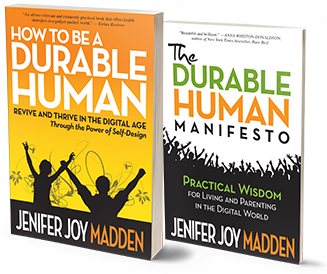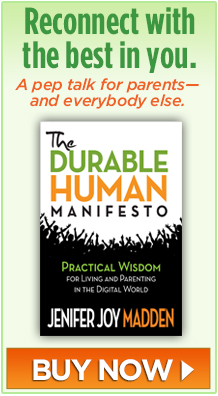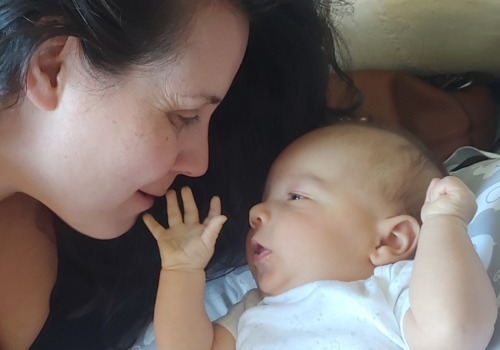
“Technology is just not adding value in the classroom.”
Heads nodded among the teachers who filled our audience at SXSW EDU 2024.
At the Austin, Texas conference—where sessions seemed All About A.I.—our talk, “Log-off and Learn: Healing the Broken Classroom”, stood apart.
My co-presenter, award-winning child advocate Lisa Cline, quoted the 2023 UNESCO report, Technology in Education: a Tool on Whose Terms: “There is little robust evidence on digital technology’s added value in education.”
And this: “A lot of the evidence comes from those trying to sell it.”
Despite the billions in federal money that flowed to U.S. schools to support remote learning during COVID, Lisa had the sad reality check: “Math and reading skills are at their lowest in decades.”
Even before the pandemic, as smartphones proliferated among children, their academic, mental, and physical health began a decline—dragging down their ability to be happy and content.
That is why, Lisa and I believe, students have become less available for learning.
The Real Ed-tech Story
Lisa defines ed-tech as “The Chromebooks, the iPads. It’s the hardware and it’s the software. It’s Naviance, Pear Deck, Flipgrid, of course Google. And these are all very much for-profit companies.”
Collectively, Lisa continues, “they make $340 billion a year here in the U.S.”
She ticks off reasons why wholesale adoption of ed-tech can be a losing proposition.
Continue reading





